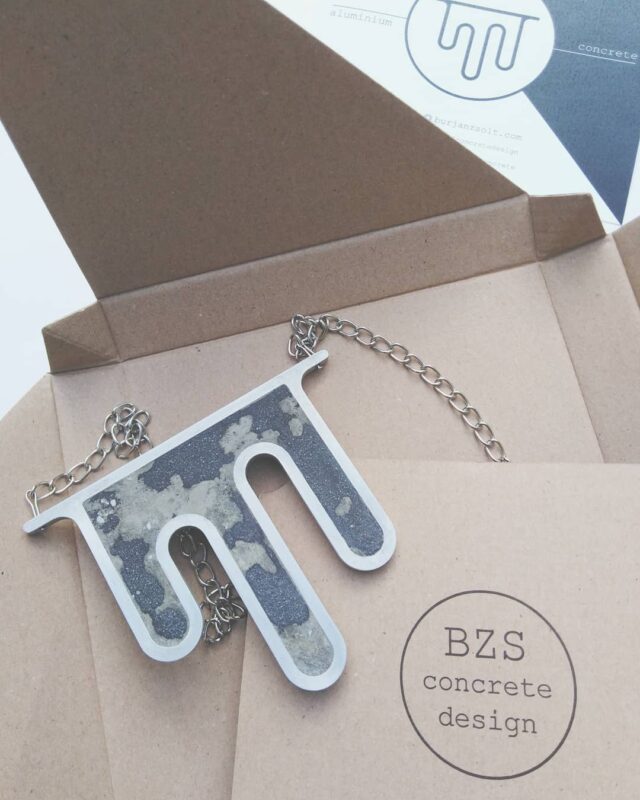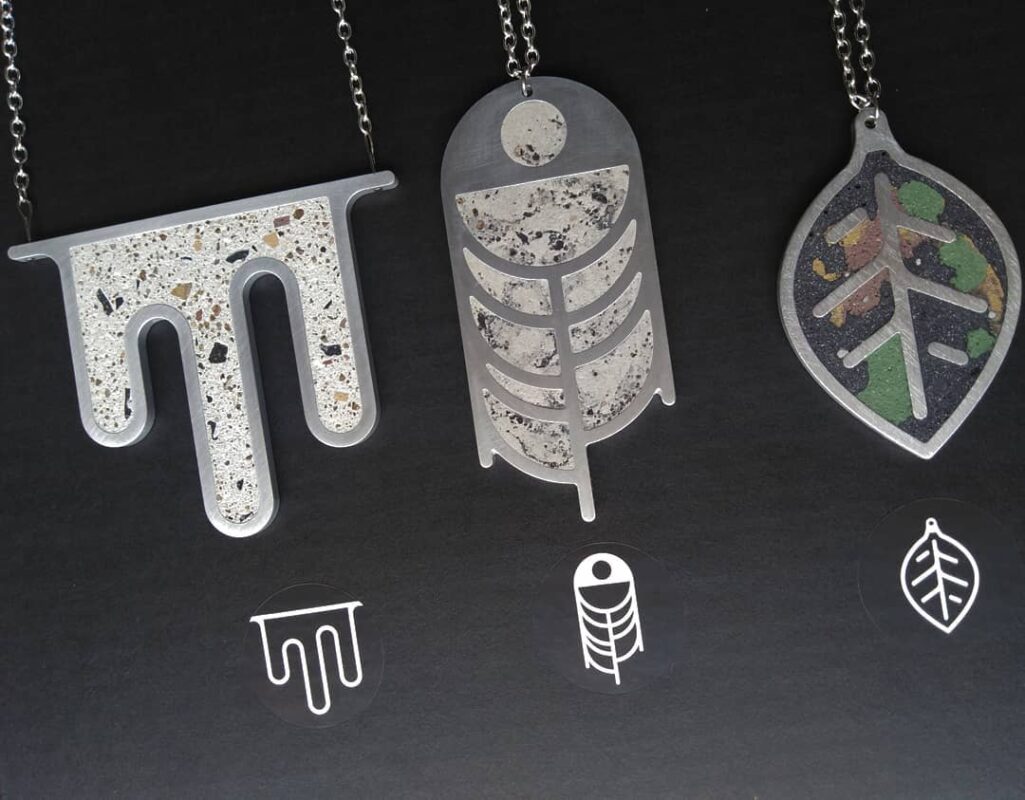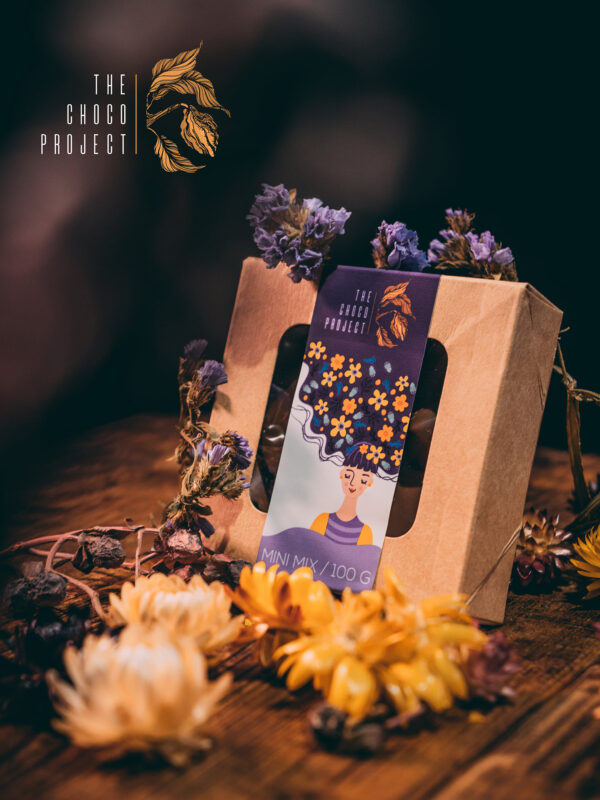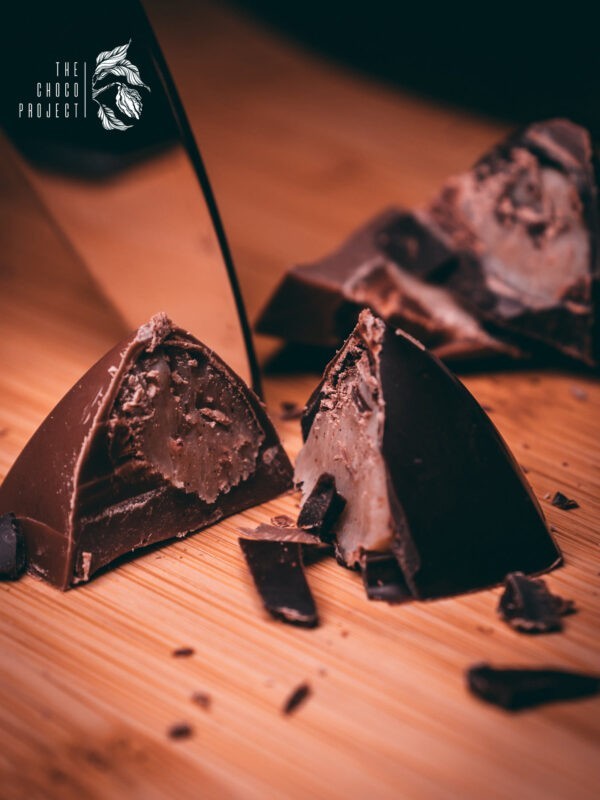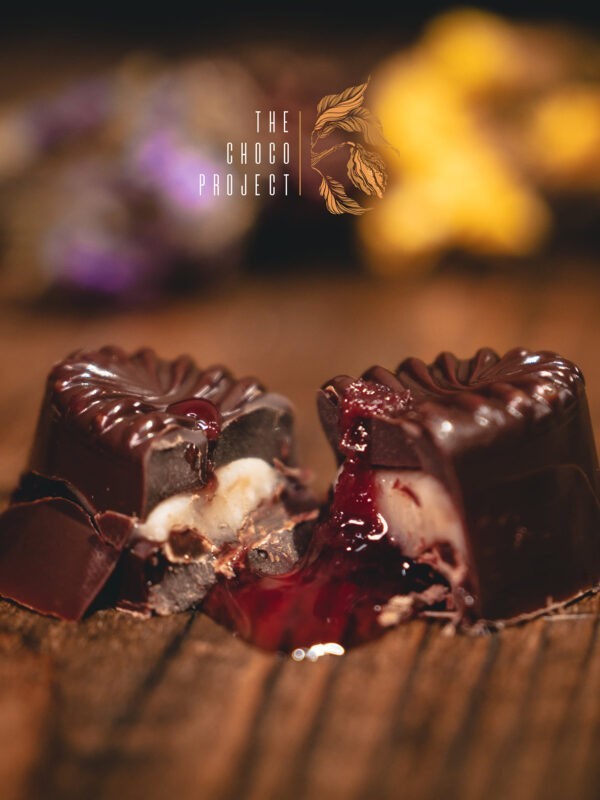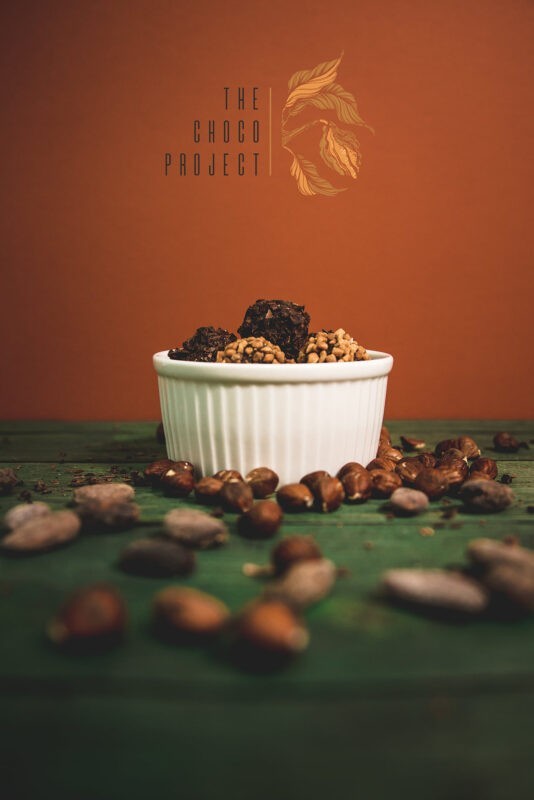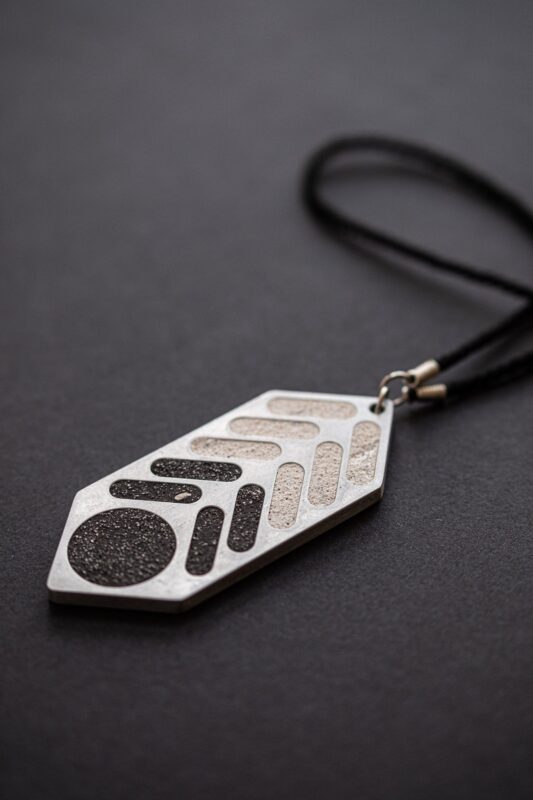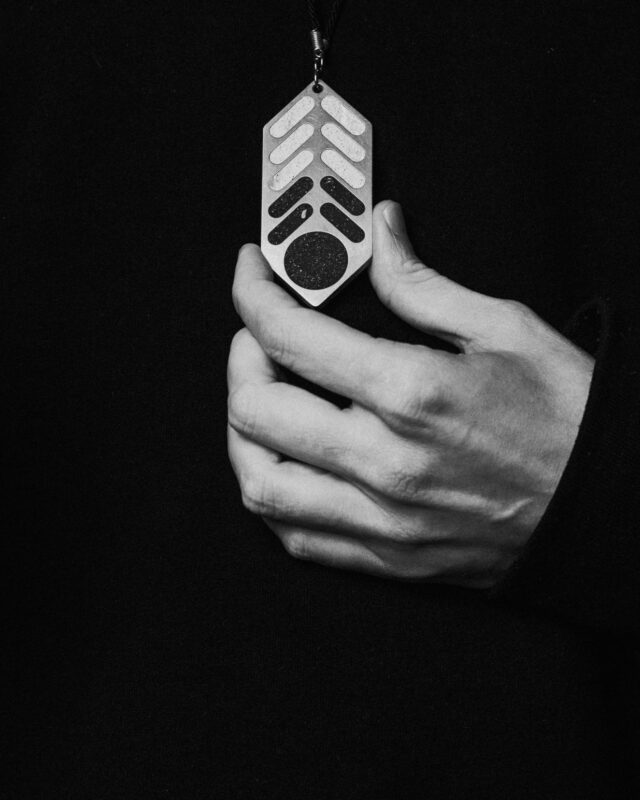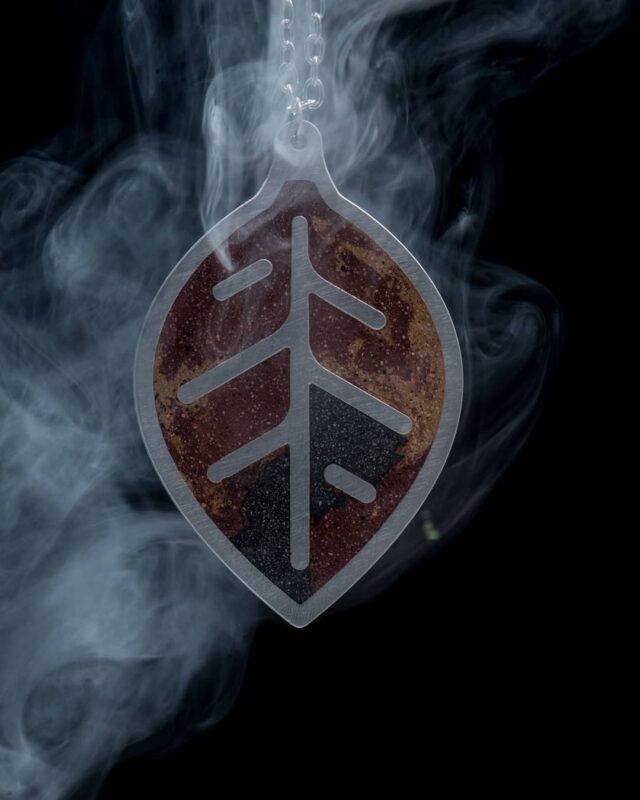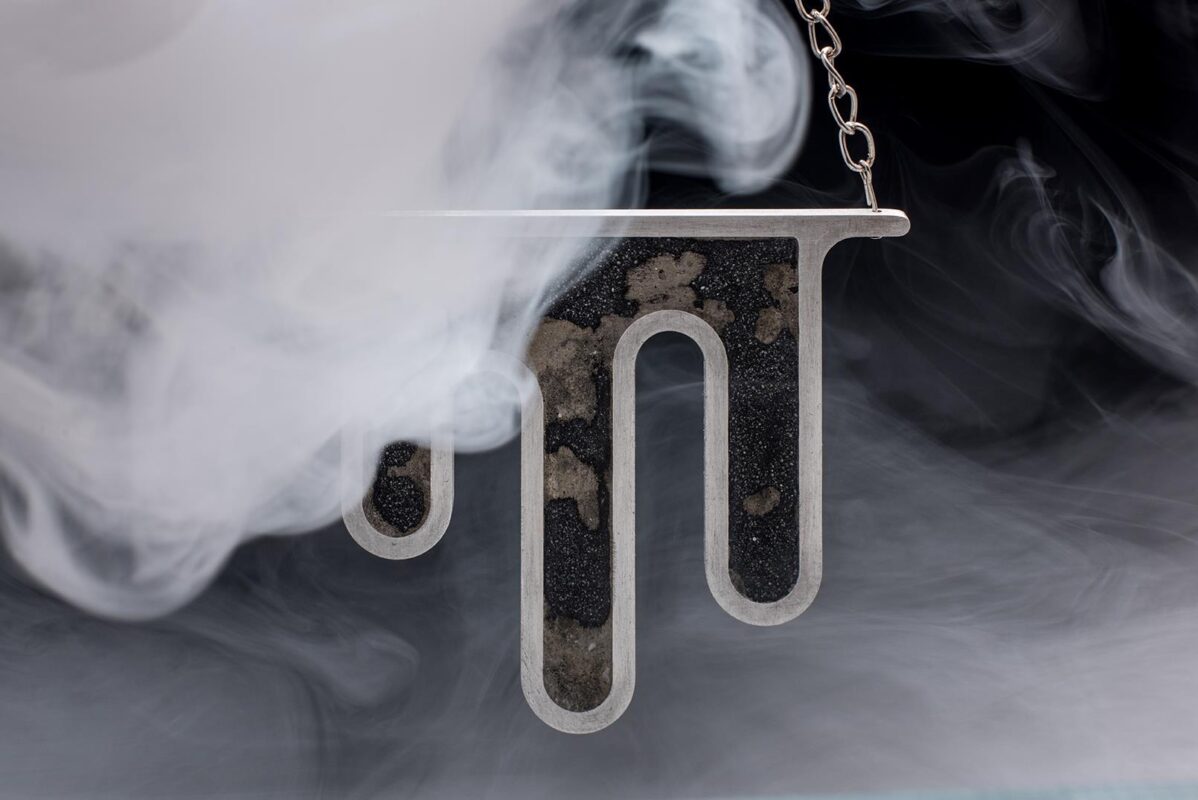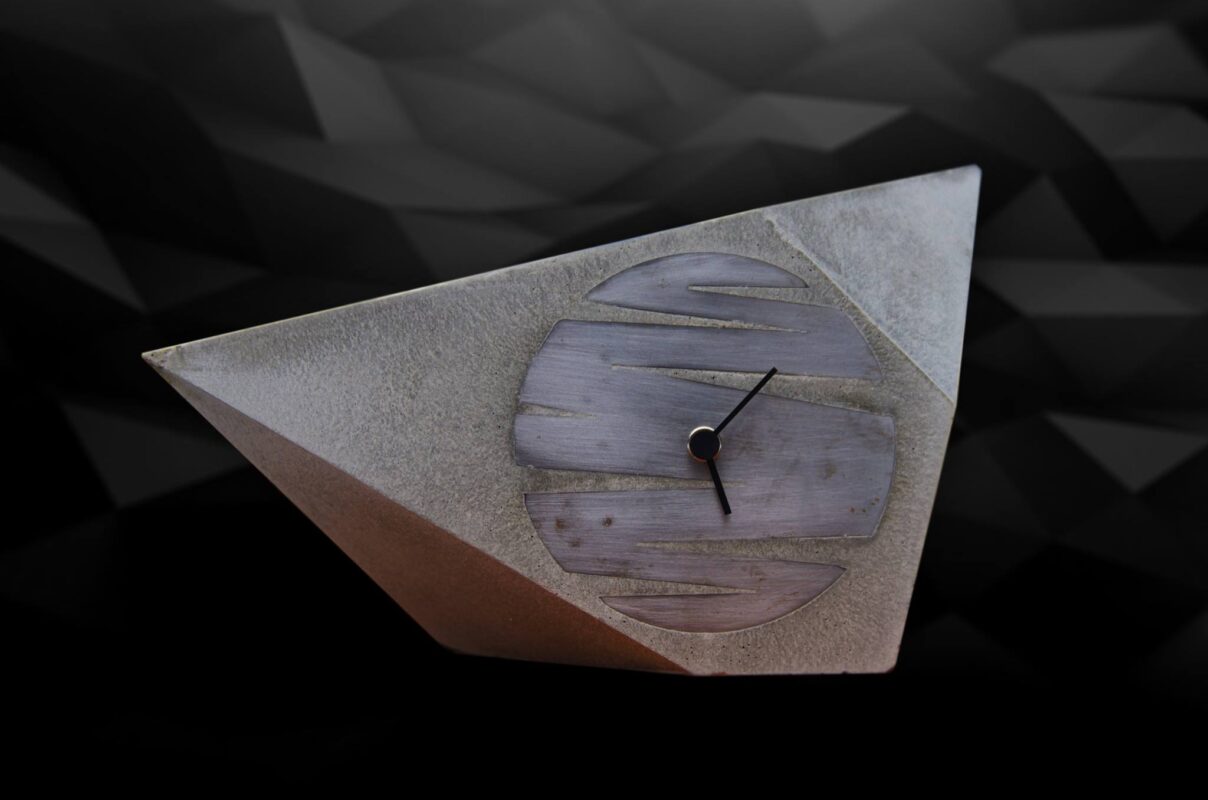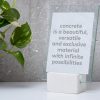Burján Zsolt keeps trying to find duplicity in his field of work. We can find this viewpoint in the concrete objects designed by him as well, where the material seizes to be rough and heavy, and the softness and ease that Zsolt sees in it takes the starring role. We talked with him about the #ABCUBOCOLLAB2021 project, discussing design, the creative processes, inspiration, and how an object can become unique, lasting, and of a high standard.
What are the three most important things to know about you?
It’s hard to choose just three right away, let me try to break it down. This will be a great exercise to get to know myself more. -laughs-
I’m a hopeless dreamer, my mind never stops roaming, luckily this is paired up with the necessary practical attitude, especially when everything falls right into place.
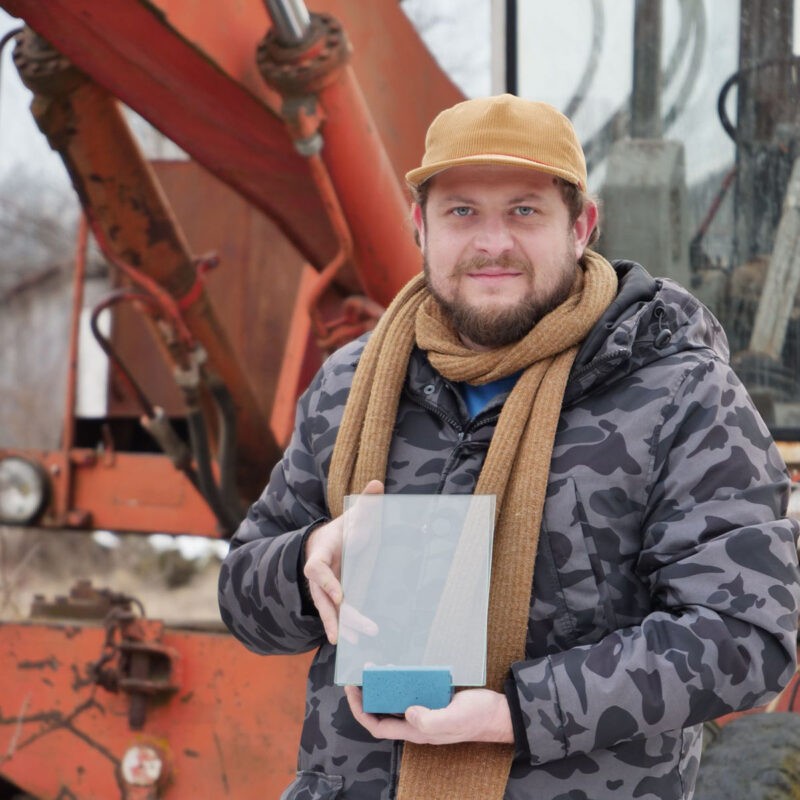
I studied archeology and design at university, before that I went to art school since the first grade, so my sense of aesthetics was formed early on. Fine arts is a basic starting point in every field of my life, but I have a constant duplicity inside me, that finds a way in design, as a tool find balance in aesthetics, and in making the best out of my current knowledge, which is vital to be able to look into the future.
Lately we have been making chocolate desserts with my girlfriend, handmade bon-bons, to be exact, and this project of ours has been very defining, as this turned into something that’s a part of our everyday lives from a simple hobby. The duplicity that I mentioned earlier can be found here as well, as we pay as much attention to the shapes and appearance of our product, and to the materials we use, as to the excellent quality of the chocolate itself. This is how the design meets the traditional art of chocolate making, and doing all this while providing the highest quality possible.
Although I live near the forest, as I need the peace and quiet to function properly, I’m not the hermit kind. On the contrary, people inspire me to a great extent. I need personal conversations, new topics and viewpoints, problems that need solving, these all set the creative thinking process into motion.
We need to keep informed and keep documenting and learning. I think most people are driven by a thirst for knowledge, which is a form of desire for possession, which is an acceptable for of human weaknes, if you’re asking me. You can never have too much knowledge.
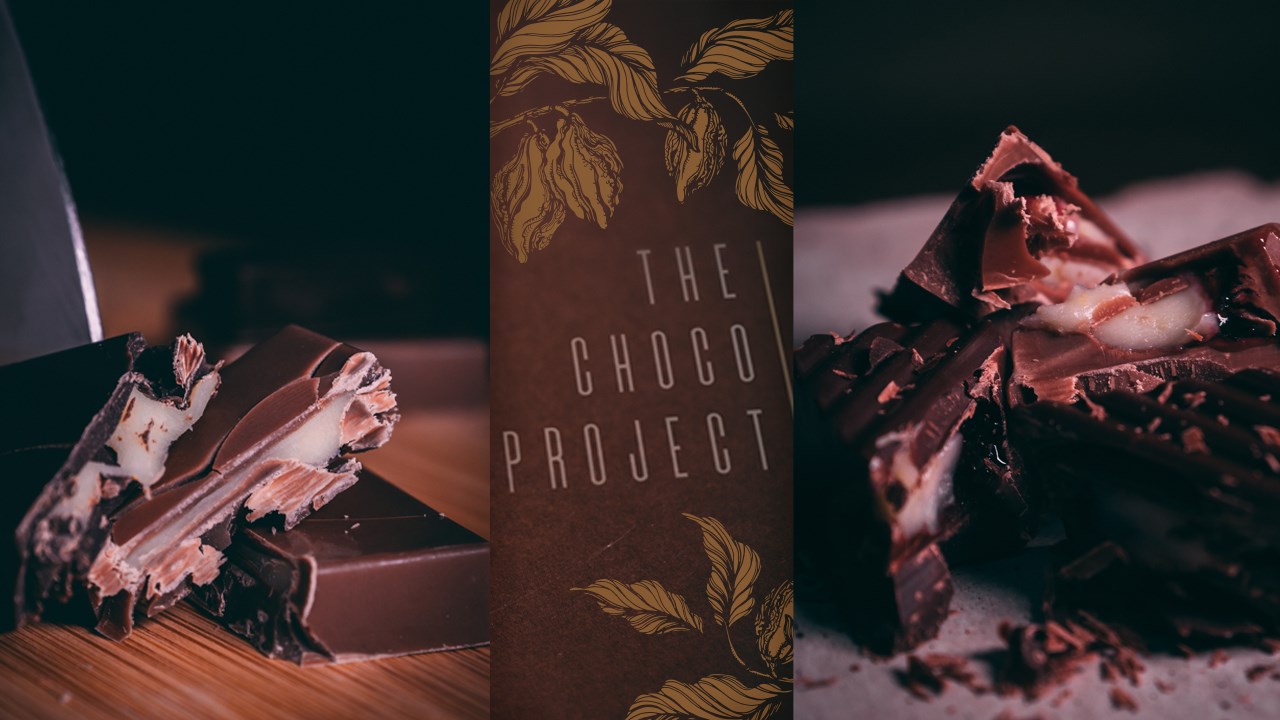
Why do you think it is important to surround ourselves with objects that were not mass produced, but originally designed and hand-made?
Just like with reading or listening to good music, with unique object as well, they can add to our personality, when we get to know their stories, their nature, their creators, and the materials and technologies that were used to create them. When it comes to mass produced products, something will always be missing, no matter how good the starting point, the original idea was, at the end of the day the profit has to come out on top, and there is nothing wrong with that, as long as we are aware of what we are buying. When we place an object that was meticulously created by a designer in our space, we are giving said object a new narrative, it will be a part of someone’s self expression, which will make it especially human and lifelike. No wonder that we call our surroundings our life space.
Which ones do you think are the biggest misconceptions regarding the word ‘design’?
I think d.i.y. (do it yourself) is what they mistakenly use in connection with the word ‘design’. Many people mix up the spontaneous d.i.y. Creative process with the products which come out at the end of a strict design process. I might have to take a lot of heat for this, but I’ll dare say that handmade does not always mean better, as when a product is produced in limited numbers, it goes through a long design process and the most fitting and up to date techniques will be found for its production. There might come a need for industrial solutions, but the thing we have to pay attention to is high quality. Just because something was created with a great amount of attention and care, by hand, that doesn’t make it a design product.
What is the one thing that you are most interested in at the moment as a designer? Is it important for you to push the boundaries of your field?
Many things at the same time. An inspiring idea always emerges and then sets things in motion, which can either start going in a set direction or just remain a sort of brain teaser. I’m trying to find things in design that are not built on something else, things that actually spontaneous and cannot be grasped, as these are not only a technique or a certain material, or anything that has been discovered before. To my mind most people are on a quest to find this, this is what they desire deep inside: breaking new ground, discovering fire… to discover something.
I’m intrigued by the things that cannot be seen, the discovery that makes the experiments worth it. I’m not just talking about a simple heureka moment, the feeling when you think you’ve finally ‘found it’, because that just marks the end of a project. I’m talking about knowing what you need, and sticking to the work until all you are left with is the perfect solution.
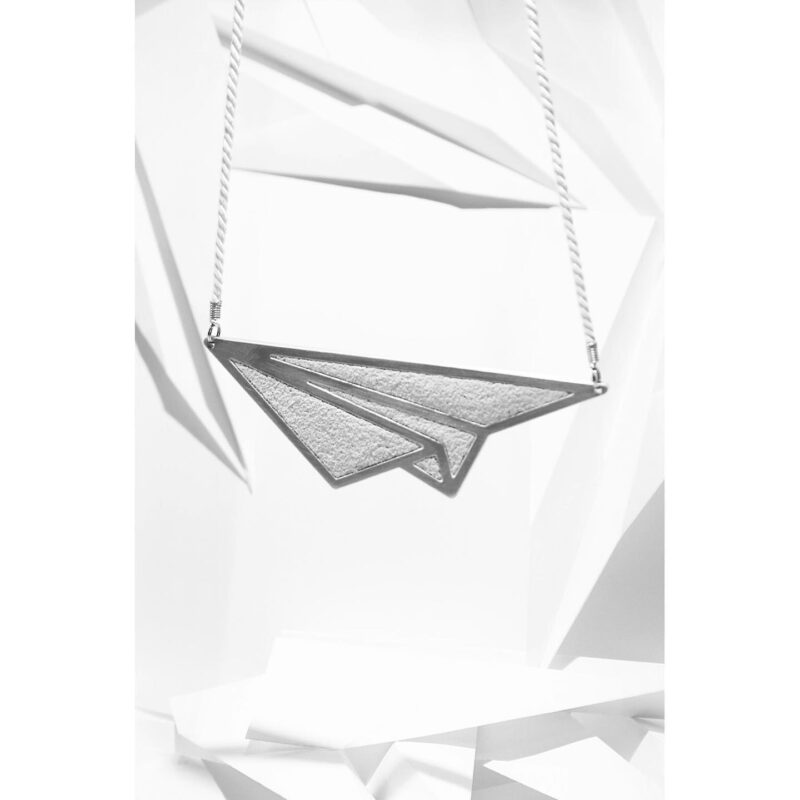
This is another reason why I think it is vital to push the boundaries of this profession, but I don’t feel like I’ve pushed my boundaries far enough to be able to say that I’ve started pushing that of the field as well.
In this moment, my work is characterized by contrast, pairing up different materials and techniques. The pairing of cold and warm materials and the elements that require human resources, as opposed to advanced technical solutions. This is the only way to highlight the beauty of a material or a surface.
How did you learn about AB Concrete Design?
I’ve started experimenting with concrete at home years ago, including it into all of my projects and assignments, and people liked it, but most of them still considered such a new usage of this material a little unusual. It is an understandable phenomenon in my country, as concrete reminded everybody of the communist times, as the socialist architecture surrouds us. During my university years I’ve noticed and kept up with how concrete is being used in contemporary design all over the world, yet I was still feeling alone with this passion of mine back at home. Concrete fever started to rise in Hungary around that time, and I started following the ones working with this material, finding out about the floating concrete islands project of AB Concrete Design, which made my jaw drop. I really liked it because I also always try to make concrete seem light, making it more approachable for people.
What inspired you to take part in the #ABCUBOCOLLAB2021 project?
I felt inspired because I really love what is happening on the field of concrete design in Hungary, in which AB Concrete Design is a leader.


